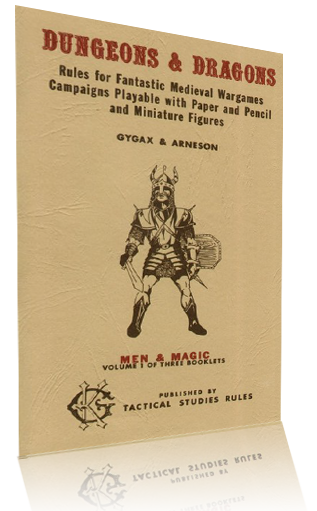One of the emergent properties of the Internet that I’m truly enjoying here in the 21st century is the continual discovery of little artistic sub-cultures that (a) I was previously unaware of and (b) would probably never have come to exist without the Internet to propagate them.
In that spirit, allow me to share with you the journey I have taken over the past half hour. It began with this:
One of the emergent properties of the Internet that I’m truly enjoying here in the 21st century is the continual discovery of little artistic sub-cultures that (a) I was previously unaware of and (b) would probably never have come to exist without the Internet to propagate them.
In that spirit, allow me to share with you the journey I have taken over the past half hour. It began with this:
Which amused me a great deal, largely because of the clever ingenuity it shows on the part of Nintendo’s game designers.
(EDIT: It has been revealed to me that the tubes of the interweb have lied to me. This level was, itself, a hack. I’m still fairly confident that it’s the video that started the autoplay meme, but the truth — if it even exists — is to be found on Japanese websites that I can’t read.)
That video, in turn, led me to this one:
Which was interesting to me largely because it demonstrated that the original autoplay level had inspired a community of independent modders to duplicate the (non-)gameplay involved.
The video also demonstrated, through it’s own workman-like quality, just how clever the original Nintendo level designers had been: They had not only designed a level that could be completed both traditionally and through autoplay, but their autoplay had actually been quite intricate and complicated in the techniques it employed.
But then I found this video:
And that, frankly, is transcendant.
The initial genesis of the idea seems basic enough: “Hey, this autoplay Mario stuff would make for a pretty nifty musical instrument.”
What’s remarkable is the amount of time it would take to perfect the skills necessary to play that instrument well. And then, furthermore, to develop that skill to the degree necessary to orchestrate the instrument into a complex musical arrangement.
I mean, sure, on one level it’s perfectly trivial.
But on another level it gives me some sense of what it must have been like in Ancient Greece when somebody said, “These choral-told stories are pretty interesting. But you know what might be interesting? If one of us stepped out of the chorus and pretended to be one of the characters.”
Or that afternoon during Christmas Break in 1970 when Dave Arneson said, “Instead of playing Napoleonics today, let’s try this interesting variant of Chainmail I dreamed up. You’re going to be heading down into the dungeons beneath Castle Blackmoor.”














